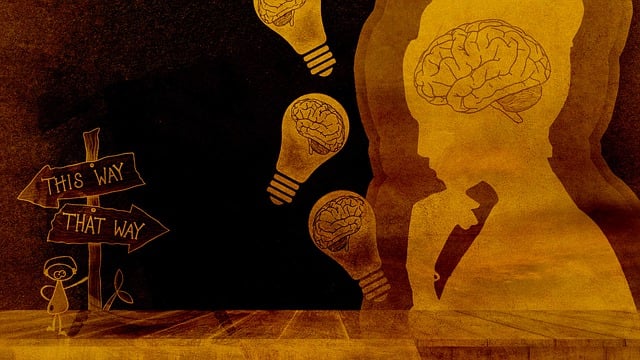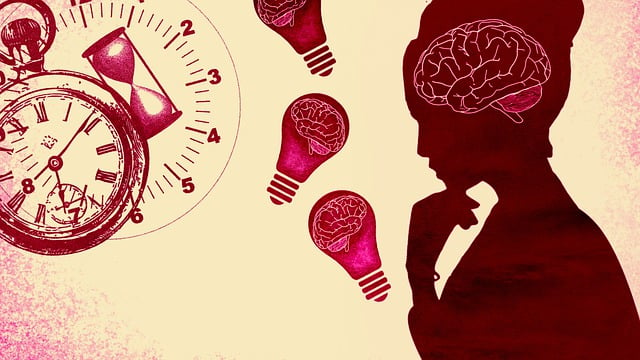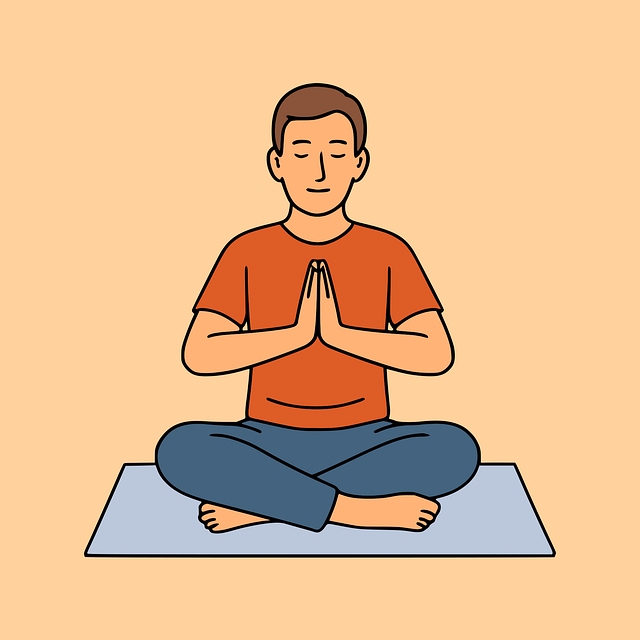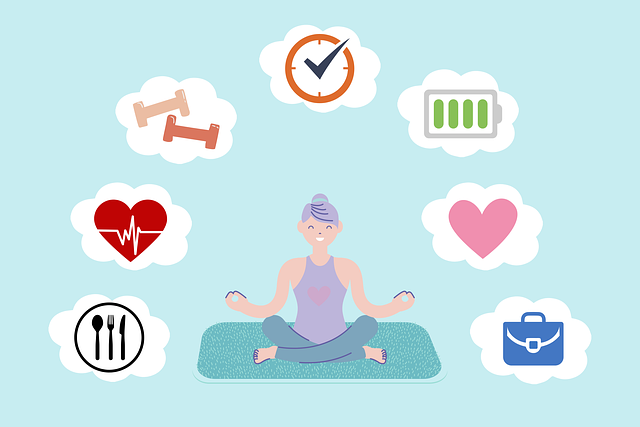Positive thinking exercises like gratitude journaling and mindfulness meditation significantly enhance mental wellness in young children, serving as powerful therapies for pain management. These practices build resilience, reduce anxiety, and foster optimism, empowering kids to cope with stress, physical discomfort, and emotional challenges. Incorporating these simple routines early on promotes emotional intelligence, enhances social skills, and paves the way for a more optimistic future.
Positive thinking exercises offer a powerful therapy for young children, fostering resilience and coping mechanisms. This article explores how such practices can be integrated into daily routines, benefiting kids’ pain management. We delve into strategies to help parents and caregivers understand and implement positive thinking, despite challenges. By the end, you’ll discover techniques to promote consistent practice, enabling children to navigate pain with enhanced emotional well-being.
- Understanding Positive Thinking for Young Children
- Integrating Positive Thinking Exercises into Daily Routines
- Benefits of Positive Thinking in Pain Management for Kids
- Overcoming Challenges and Promoting Consistent Practice
Understanding Positive Thinking for Young Children

Positive thinking is a powerful tool that can be particularly beneficial for young children as it forms their cognitive and emotional development. Introducing positive thinking exercises at a young age can help them build resilience, a skill crucial for navigating life’s challenges. Through simple activities like gratitude journaling or visualising happy scenarios, kids learn to focus on the good in their lives, fostering a more optimistic outlook. This approach can significantly contribute to therapy for young children, especially when combined with pain management techniques, and play a role in reducing the impact of mental illness stigma within communities.
Encouraging positive thinking also supports the development of self-care routines for better mental health. By teaching children to acknowledge and appreciate their surroundings, we empower them to take charge of their emotional well-being early on. This simple shift can inspire a lifetime of healthy coping mechanisms, ensuring they have the tools to navigate stress, anxiety, or even physical pain more effectively.
Integrating Positive Thinking Exercises into Daily Routines

Integrating positive thinking exercises into daily routines can significantly enhance mental wellness for young children, serving as an effective therapy for managing pain and promoting inner strength development. Simple practices like gratitude journaling or mindful breathing sessions can be incorporated seamlessly into their existing schedules. This not only teaches them tools to manage stress but also fosters a more optimistic outlook on life.
By making these exercises a regular part of their day, children learn to recognize and appreciate the positive aspects around them, thereby reducing anxiety and improving overall emotional well-being. In fact, consistent practice can revolutionize their perception of challenges, transforming them into opportunities for growth. This approach aligns perfectly with the broader goals of pain management, as it empowers young individuals to take control of their mental state and cultivate resilience in the face of discomfort.
Benefits of Positive Thinking in Pain Management for Kids

Positive thinking exercises have been shown to be incredibly beneficial for young children dealing with pain management issues. By fostering a more optimistic mindset, these practices can help kids navigate through discomfort and adversity. When children learn to reframe their thoughts, they often experience reduced anxiety and stress levels, which are significant contributors to chronic pain. This shift in perspective empowers them to cope better, allowing them to engage in activities that promote relaxation and joy despite the physical discomfort.
Implementing therapy for young children focused on pain management incorporates various stress reduction methods and compassion cultivation practices. Mindfulness meditation, for instance, teaches kids to stay present and observe their thoughts without judgment. This skill enables them to detach from negative or anxious thoughts related to their pain, thereby reducing its impact. By regularly practicing these positive thinking exercises, children can build resilience, enhance emotional well-being, and develop effective coping strategies that will serve them throughout their lives.
Overcoming Challenges and Promoting Consistent Practice

Implementing a positive thinking exercise can be a powerful tool for young children, especially when navigating challenges that often arise during their developmental stages. Overcoming obstacles is an integral part of growth, and teaching kids to reframe negative thoughts into positive ones can serve as an effective therapy. This practice promotes mental wellness, enabling them to manage pain and develop resilience at an early age. With consistent guidance, such exercises can become a habit, fostering a more optimistic outlook on life.
Public awareness campaigns play a significant role in encouraging parents and caregivers to introduce these practices into daily routines. Mental wellness journaling or simple positive affirmations can be incorporated into children’s playtime or bedtime rituals. Conflict resolution techniques, often learned through these exercises, not only enhance social skills but also contribute to better emotional intelligence. By making it a fun and engaging activity, kids are more likely to embrace these habits, ensuring a brighter and more optimistic future.
Positive thinking exercises, when integrated into daily routines, can significantly enhance therapy for young children, particularly in pain management. By fostering a positive mindset, kids can develop resilience and better coping mechanisms. Overcoming challenges with consistent practice ensures that these techniques become an integral part of their lives, ultimately leading to improved well-being and a more optimistic outlook on managing pain.








